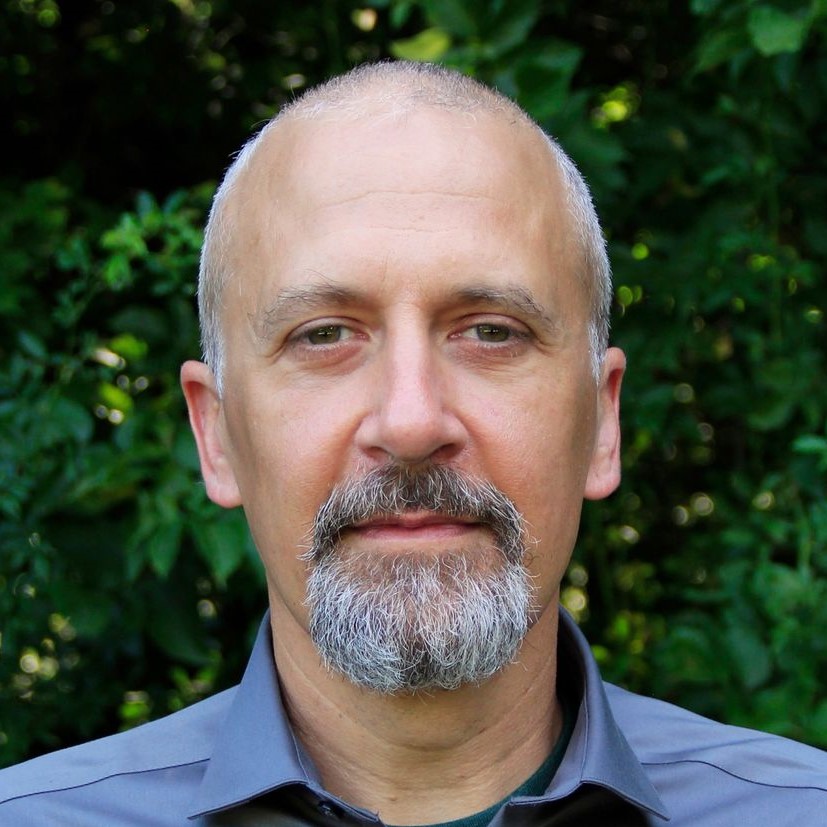My book is now available!
Originally published at Legal Planet.
I interrupt my ongoing blog series on new biotechnologies and their governance (1, 2, 3) to announce that my book The Governance of Solar Geoengineering Managing: Climate Change in the Anthropocene is available today from Cambridge University Press. The brief description is:
Climate change is among the world’s most important problems, and solutions based on emission cuts or adapting to new climates remain elusive. One set of proposals receiving increasing attention among scientists and policymakers is ‘solar geoengineering’, (also known as solar radiation modification) which would reflect a small portion of incoming sunlight to reduce climate change. Evidence indicates that this could be effective, inexpensive, and technically feasible, but it poses environmental risks and social challenges. Governance will thus be crucial. In The Governance of Solar Geoengineering, Jesse L. Reynolds draws on law, political science, and economics to show how solar geoengineering is, could, and should be governed. The book considers states’ incentives and behavior, international and national law, intellectual property, compensation for possible harm, and non-state governance. It also recommends how solar geoengineering could be responsibly researched, developed, and – if appropriate – used in ways that would improve human well-being and ensure sustainability.
Daniel Bodansky — Regents’ Professor at Arizona State University and author of The Art and Craft of International Environmental Law — calls it “the go-to guide to solar geoengineering governance. Sober, balanced, and comprehensive – essential reading for proponents and skeptics alike.”
My primary purpose is to offer an overview of the stakes, challenges, and opportunities of solar geoengineering and its governance. That word “governance” is broader than “law,” including the diverse ways in which we intentionally guide behavior toward goals — thus my somewhat interdisciplinary approach. Although there are a few monographs on (solar) geoengineering, I believe this one fills a gap in its breadth and approach.
While the volume does not advance a singular argument, it does have two take-home messages. First, we — scholars, lay people, advocates, decision-makers — need to take solar geoengineering and its governance seriously. It is hard to argue that we can expect emissions cuts, negative emissions, and adaptation to be enough to prevent dangerous climate change impacts. Solar geoengineering could complement these but raises governance challenges. Second, despite claims to the contrary, solar geoengineering can be governed. Although some of the challenges are serious, on closer examination many are less so than they may initially seem and more akin to other reasonably well governed phenomena.
I found writing the final substantive chapter — “A Path Forward” — to be the most rewarding and challenging. I have been writing on the governance of geoengineering for about eight years, yet I had never put forth much detail on how this could be done. I realized that the book would be somewhat incomplete without such specificity. I thus offer what I believe to be a feasible path forward, dividing governance into stages of solar geoengineering’s small-scale research, large-scale outdoor research, and operational use.
Regarding my choice of cover image, which is Landscape from Saint-Rémy by van Gogh, I wanted to emphasize why solar geoengineering is being considered and researched. For me, the primary reason is to protect people. The image has a few buildings as well as wheat fields. (Agriculture is the human activity that is most sensitive to climate change.) A second reason is the natural world, visible in the mountains. What’s more, the clouds in the sky point toward how solar geoengineering might operate. Also, I spend most of my time in the Netherlands, van Gogh’s home country.
I look forward to the response to The Governance of Solar Geoengineering. And now, back to new biotechnologies…

